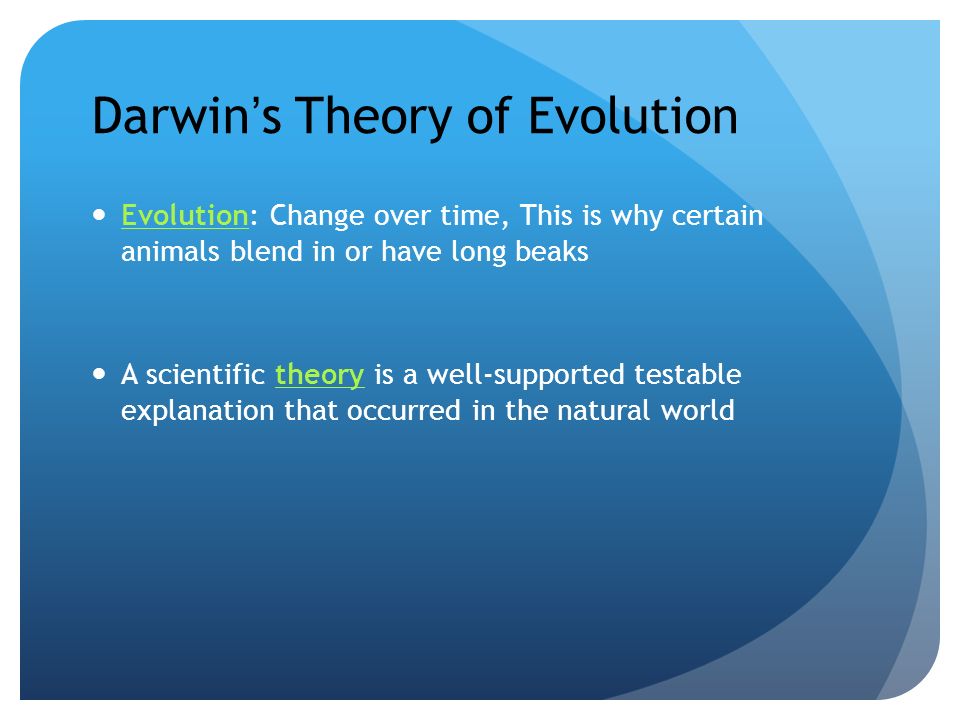
Spaced Repetition: A Method for Effective Learning
Spaced repetition represents a formidable memory strategy that entails distributing study sessions over a period to enhance information retention. In contrast to cramming, which frequently results in rapid forgetting, spaced repetition facilitates the encoding of information into long-term memory. Through a spaced repetition application, learners can customize their study timelines to guarantee effective memorization of any content.
Michael Nielsen, a prominent proponent of spaced repetition, has conveyed his insights on Twitter. He notes that the application of spaced repetition systems has greatly influenced his learning journey. Nielsen meticulously chooses what information to commit to memory, ensuring that each piece is both manageable and significant. He stresses that while memory is vital, genuine comprehension necessitates weaving memorized elements into a larger knowledge framework.
Nielsen conveys his excitement about the advantages of spaced repetition, asserting that it elevates memory from being a product of chance to a conscious decision. By utilizing applications like Anki, which offer synchronization across devices, learners can effortlessly integrate spaced repetition into their everyday lives, capitalizing on spare moments to revisit material.
The utilization of Anki can also mitigate cognitive biases, such as the inclination to forget inconvenient truths. Charles Darwin noted a similar struggle in his autobiography, where he made it a point to document observations that confronted his convictions. By employing spaced repetition, learners can guarantee that these crucial pieces of information remain in their memory, enhancing their critical analysis capabilities.
Beyond spaced repetition, Anki also features retrieval practice and interleaving, which further enrich the learning experience. The amalgamation of these strategies establishes a solid framework for mastering intricate information, promoting both retention and comprehension.
For those keen on delving into the science underpinning spaced repetition and various learning methods, resources like Nielsen’s Twitter discussion, Anki’s official site, and associated scientific writings offer invaluable perspectives.
Links & Footnotes:
– Anki app: [ankiweb.net](https://apps.ankiweb.net/)
– Wikipedia on spaced repetition systems: [Spaced Repetition](https://en.wikipedia.org/wiki/Spaced_repetition)
– The Autobiography of Charles Darwin: [Darwin Online](http://darwin-online.org.uk/content/frameset?itemID=F1497&viewtype=text&pageseq=1)
– Review for educators: Weinstein, Y., Madan, C. R., & Sumeracki, M. A. (2018). [Teaching the science of learning](https://cognitiveresearchjournal.springeropen.com/articles/10.1186/s41235-017-0087-y). *Cognitive research: principles and implications*, 3(1), 2.